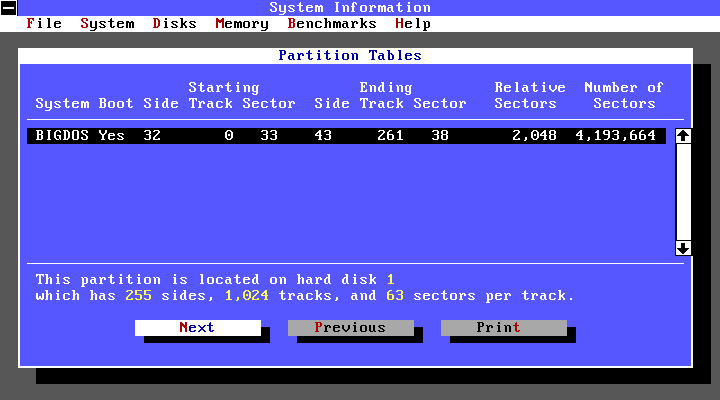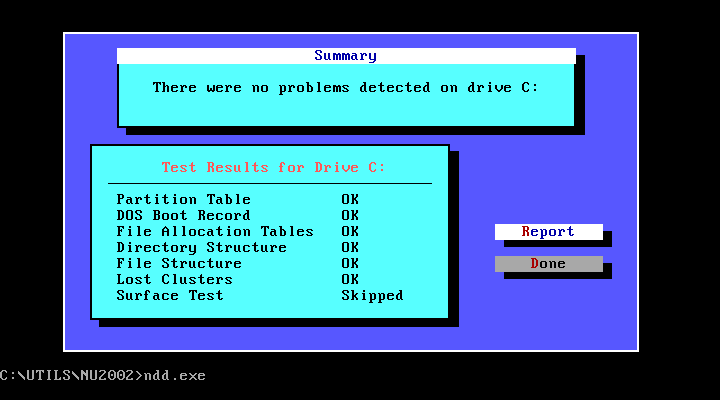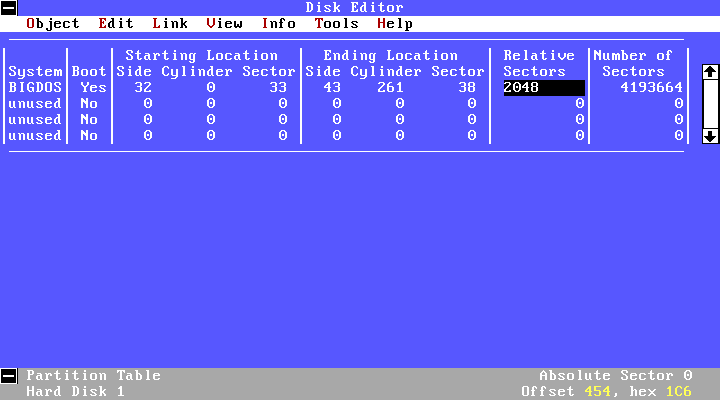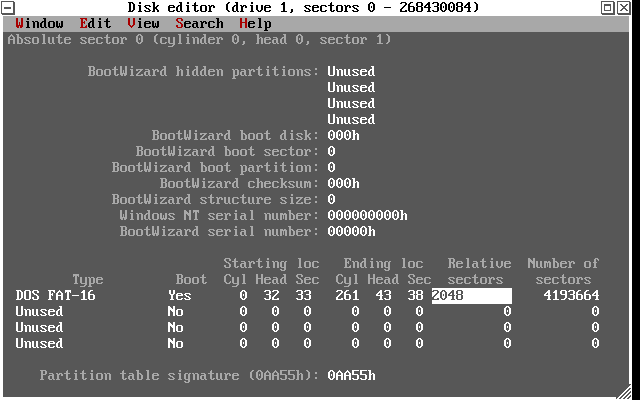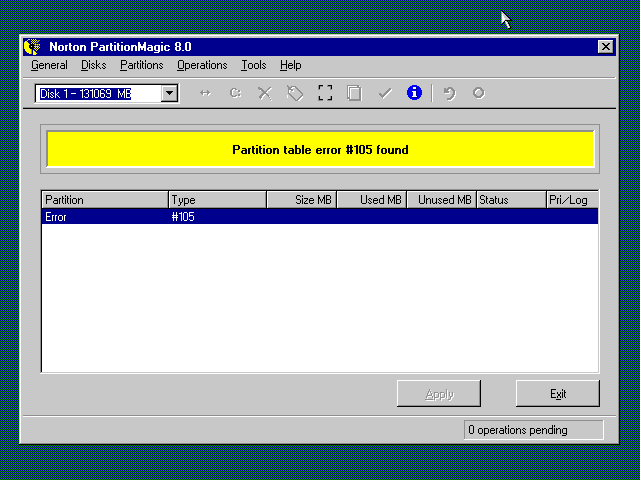First post, by unix_junkie
- Rank
- Newbie
Hi everyone.
So I watched this video from Phil about sector-aligned partitioning of a SATA SSD: How to avoid short lifespan when using SSD in Retro PC, and decided whether the above was possible when using DOS (or Windows 9x) -- let's say, for the first FAT16 partition.
Normally, when you are partitioning a hard drive for modern operating systems, the 1st partition starts at sector 2048, and partition boundaries are already sector-aligned, regardless of whether the physical sector size if 512 or 4096 bytes.
When partitioning for MS-DOS (or from within MS-DOS, using fdisk), the 1st partition gets created at sector 63, or cylinder 1, and partition boundaries are instead cylinder-aligned. Obviously, when physical sector size is 512 bytes (old HDDs), partition boundaries are automatically sector-aligned, too. I always used to think cylinder alignment was a must for the primary partition to be able to boot DOS or Windows 9x.
Linux version of fdisk even has two separate modes (DOS compatibility on or off), to follow either of the above approaches.
Now, since MS-DOS can't use FAT16 partitions with a cluster size of 64k, let's create a partition of the maximum possible size using a 32k cluster size. The maximum number of clusters FAT16 can have is 65536 - 10 = 65526 (source), so the partition size would be 2147155968 bytes (slightly less than 2GB), or 4193664 logical sectors. Using Linux fdisk, while creating the partition, we can manually specify the first (2048) and the last (4195711) sector. Then we can format the partition without leaving Linux, though format.com from DOS works just as well:
mkdosfs -F16 -R 1 -s 64 -S 512 -v /dev/sda1
After the above was done, I rebooted from a Windows 98 live CD and ran scandisk. Interestingly, no errors were reported.
Then I started Windows 98 installation, rebooted a couple of times and completed the installation -- and no problems were detected, either.
I tried to run multiple diagnostic or partitioning tools, incl. scandisk, Norton Utilities, Disk Editor from PTS-DOS -- and all those tools reported no errors about partition boundary misalignment. All of them reported partition geometry correctly, too.
The only exception I found was PowerQuest PartitionMagic, which always expects a partition table to be in DOS compatibility mode (cylinder-aligned).
So the question is: assuming I will never run PartitionMagic again, is DOS compatibility mode that essential when running MS-DOS 6.22 or 7.x?
- Which problems may I encounter?
- Which extra tests/tools should I run to feel more confident?
